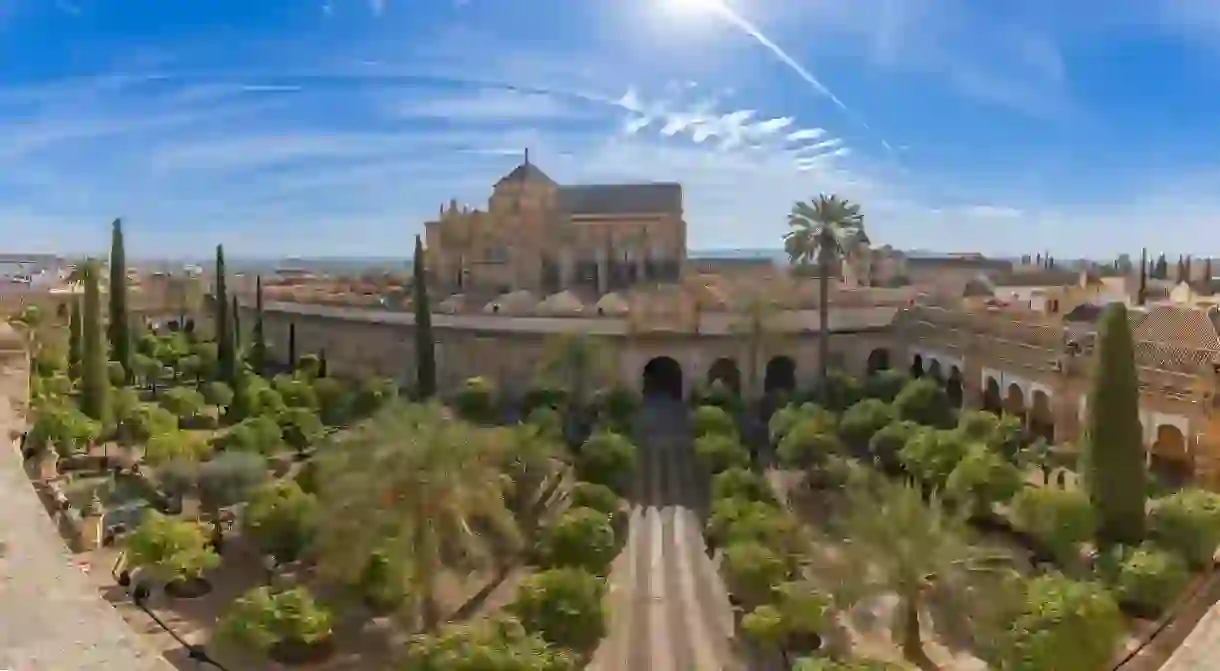Cordoba vs Seville: Why You Should Visit Cordoba Over Seville

Cordoba and Seville are two of southern Spain’s most beautiful cities, so if you only have time to visit one while you’re in Andalusia, the choice will be difficult. Nevertheless, a wealth of important historical monuments, the charming Feria de los Patios and a shabby-chic ambience all of its own give Cordoba the edge.
Cathedral vs Cathedral-Mosque
Mosque, Historical Landmark, Cathedral, Architectural Landmark

Cordoba, though, can do better. The city’s Mosque-Cathedral is the greatest dual-identity monument in Spain, and a powerful symbol of the two cultures that have shaped Andalusia. Work on what was to be one of the most impressive mosques in the Islamic Kingdom started in 784, on the orders of the Emir Abd al-Rahman, and continued until 987. When the city was reclaimed by Christians in 1236, the mosque was converted into a church, and in the 16th century Charles V added a renaissance nave on top of the Moorish structure, creating the controversial hybrid we see today. There is nothing like this extraordinary building anywhere else in Andalusia.
Battle of the Old Quarters
Architectural Landmark, Historical Landmark

Santa Cruz is Seville’s oldest quarter and it is undeniably beautiful. It was into Santa Cruz that Ferdinand III banished the city’s Jewish population when he took Seville from the Moors in 1248; and brutal though the King undoubtedly was, one can’t help feeling, wandering around this maze of colourful houses and winding, cobbled streets, that there could have been worse places in which to be confined. One of the most romantic squares in the barrio is Plaza Alfalfa, home to a building (it’ll be obvious which one) that is said to have inspired the balcony scene in Shakespeare’s Romeo and Juliet.
Not to be outdone by the Andalusian capital, Cordoba’s old town, the Alcazar Viejo, has a charm all of its own, which is partly owed to the local custom of decorating building facades with brightly coloured pots of plants. On the famous Calleja de las Flores (a must-see street) every single house looks like something out of a fairytale; situated just north of the Mosque-Cathedral in the heart of the old town, this flower-lined little alleyway is the prettiest in Cordoba – and in a city where every other house is worthy of being on a postcard, that’s saying something.
Cordoba's Courtyards and Patios
Natural Feature, Architectural Landmark

Every May, courtyards and patios in Cordoba’s oldest neighbourhoods are opened to the public for the city’s Feria de los Patios, in which locals compete for the honour of having the prettiest space; a prize is awarded at the end of the month. This is Cordoba’s unique cultural offering and something you won’t see in Seville, or anywhere else in Andalusia, for that matter. Designed, grown and arranged throughout the year, the patios are romantic oases of cool and colour, where the placement of every brightly coloured pot of flowers has been carefully thought out. Owners are often on hand and delighted to talk to you about the species of flowers and plants adorning their courtyards’ walls, and in some of the larger spaces live flamenco guitar will be performed as you wander around.
Cordoba's Roman Monuments
Bridge

The other of Cordoba’s key attractions from this period is its Puente Romano, or ‘Roman Bridge’. Originally dating from the 1st century BC, it was extensively rebuilt in the 10th century during the Moorish occupation of the city. Sitting low over the opaque waters of the Guadalquivir River, which flows down all the way through Andalusia and out into the Atlantic, it is supported by 17 stone arches, of which just two once belonged to the original structure. The middle of the bridge, next to a 17th-century statue of Saint Raphael, is the perfect spot from which to survey Cordoba and the green, hilly countryside that surrounds the city.
The Medina Azahara
Ruins
A Unique Ambience
Architectural Landmark
Apart from its historical attractions and the exquisite flowers and plants that decorate its city centre, the most compelling reason for visiting Cordoba over Seville is its atmosphere. Seville and sevillanos have a reputation throughout the rest of Andalusia for being pijo –posh or snobbish – and, though perhaps difficult for the first-time visitor to pick up on, this results in a somewhat monotone scene: everyone’s very well dressed, most of the bars are very smart and everything’s very refined, at least on the surface. It’s like being in an infinitely more charming version of London’s Kensington. Cordoba offers this kind of experience if you want it, but it combines Andalusian pijo with a bohemian, arty ambience and doesn’t take itself so seriously. Cordoba, you feel, is quietly aware of its charm, whereas vain Seville needs constantly reminding that it, too, is beautiful.













